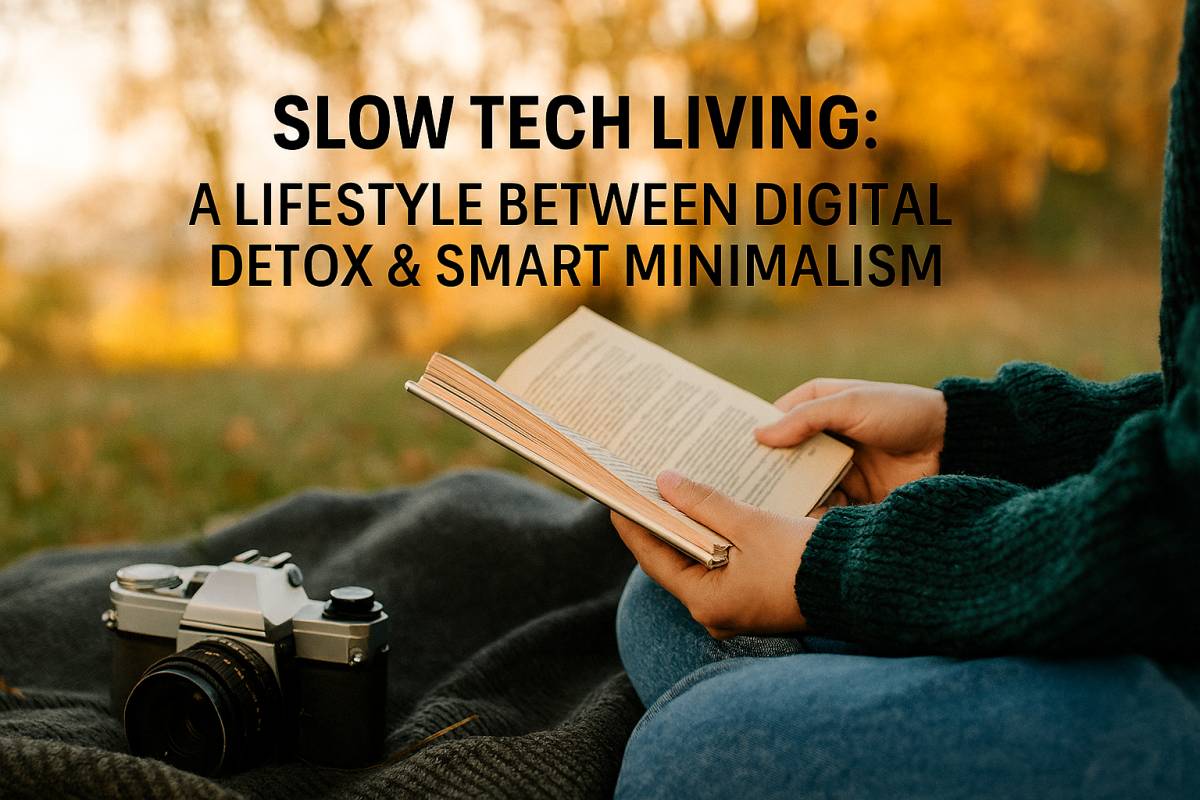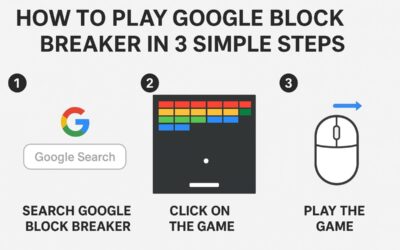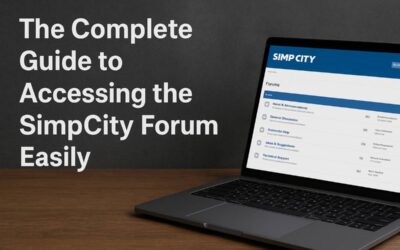Slow Tech Living: A Lifestyle Between Digital Detox and Smart Minimalism

Slow Tech Living is a mindful lifestyle that balances digital detox with smart minimalism by using technology purposefully instead of excessively. It’s not about abandoning gadgets completely, nor is it about being obsessed with the newest tech. Instead, it’s about redefining our relationship with digital tools – using them in ways that support well-being, creativity, and real-life connection without letting them dominate our time or attention.
What is Slow Tech Living?
Slow Tech Living is a conscious approach to technology use that encourages slowing down, setting boundaries, and prioritizing quality of life. It draws inspiration from two lifestyle trends:
- Digital Detox → Taking intentional breaks from screens to recharge mentally and physically.
- Smart Minimalism → Using fewer, more purposeful devices and apps that serve a clear need rather than cluttering life with unnecessary tech.
This hybrid lifestyle recognizes that technology is here to stay, but our relationship with it can be healthier and more intentional.
Why Do We Need Slow Tech Living Today?
Modern life is more connected than ever, yet many people feel drained, distracted, and disconnected from themselves. Studies show that excessive screen time contributes to:
- Shortened attention spans
- Higher stress and anxiety levels
- Sleep disruption
- Decreased productivity
- Reduced face-to-face communication
Slow Tech Living offers a middle ground—allowing us to benefit from digital tools while protecting our mental space, focus, and personal well-being.
The Core Principles of Slow Tech Living
1. Intentional Use of Technology
Every app, device, or platform you use should serve a clear purpose. For example:
- Using a note-taking app for creativity instead of scrolling endlessly on social media.
- Watching a documentary instead of binge-watching low-value content.
2. Boundaries and Limits
Set limits for screen time, notifications, and digital noise. This doesn’t mean deleting everything but creating a healthier structure for digital consumption.
3. Minimalism in Devices
Fewer devices often mean fewer distractions. A minimalist tech lifestyle might look like using one multipurpose device (like a smartphone) instead of carrying multiple gadgets.
4. Mindful Connection
Slow Tech Living emphasizes using technology to enhance—not replace—real-world interactions. Video calls, educational apps, or collaborative tools are great examples when used intentionally.
5. Sustainable and Ethical Choices
Buying fewer gadgets, repairing instead of replacing, and choosing ethically produced tech helps align your digital lifestyle with environmental and social responsibility.
Benefits of Slow Tech Living
Adopting this lifestyle comes with numerous long-term benefits:
- Improved Mental Health → Reduced stress, less digital overwhelm, better sleep.
- Increased Productivity → Clearer focus on meaningful tasks without endless distractions.
- Better Relationships → More face-to-face time with loved ones and fewer phone interruptions.
- Financial Savings → Less spending on unnecessary gadgets and subscriptions.
- Environmental Impact → Lower e-waste and reduced carbon footprint from tech overconsumption.
How to Start Slow Tech Living in Everyday Life
Step 1: Audit Your Digital Life
Track how much time you spend on screens. Identify which apps, platforms, or habits drain your energy instead of adding value.
Step 2: Declutter Your Devices
Delete unused apps, unsubscribe from irrelevant newsletters, and remove social media that doesn’t serve your goals.
Step 3: Practice Daily Digital Detox
Dedicate specific times of the day—like early mornings or before bed—to stay away from screens. Replace that time with reading, walking, or journaling.
Step 4: Use Tech with Purpose
Instead of passive scrolling, plan your tech use. For example, use YouTube for learning new skills or your phone for mindful journaling apps.
Step 5: Embrace Smart Minimalism
Stick to a few essential gadgets. For example, one laptop for work, one phone for personal use, and a Kindle if you truly need it. Don’t fall into the trap of buying every new release.
Step 6: Create Tech-Free Zones
Your bedroom, dining table, and family gatherings should be device-free areas to restore connection and presence.
Slow Tech vs. Digital Detox vs. Minimalism
- Digital Detox → A temporary break from technology to reset.
- Minimalism → Owning fewer devices and simplifying your digital environment.
- Slow Tech Living → A sustainable blend of both, where you continue using technology but at a healthier pace and with intention.
Real-Life Examples of Slow Tech Living
- Morning Routine Without Screens → Start the day with meditation, stretching, or journaling before checking notifications.
- Mindful Entertainment → Choose one meaningful show or podcast instead of bingeing for hours.
- Weekend Offline Hours → Dedicate half a day each weekend for offline activities like cooking, hiking, or spending time with friends.
- Eco-Friendly Tech Choices → Buy refurbished devices, extend gadget lifespans, and avoid yearly upgrades.
Is Slow Tech Living for Everyone?
Yes – because it’s adaptable. You don’t need to delete all social media or give up smartphones. Instead, you can adjust Slow Tech Living based on your lifestyle:
- Students → Can use it to improve focus while studying.
- Professionals → Can reduce burnout by setting email and notification boundaries.
- Families → Can strengthen bonds by limiting screen time during meals and weekends.
Final Thoughts
Slow Tech Living is not about rejecting technology – it’s about reclaiming control over it. In a world that constantly demands our attention, this lifestyle provides balance, clarity, and freedom. By combining the discipline of digital detox with the intentional choices of minimalism, we can create a healthier, more sustainable relationship with technology.
Living slowly with tech doesn’t mean falling behind – it means using it wisely to live a richer, calmer, and more connected life.








